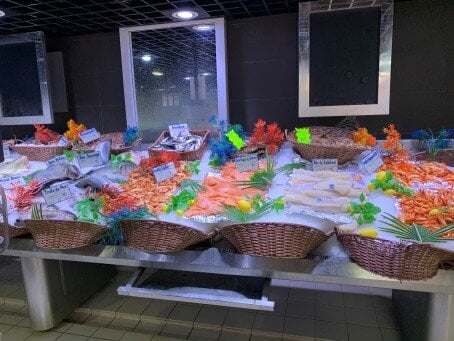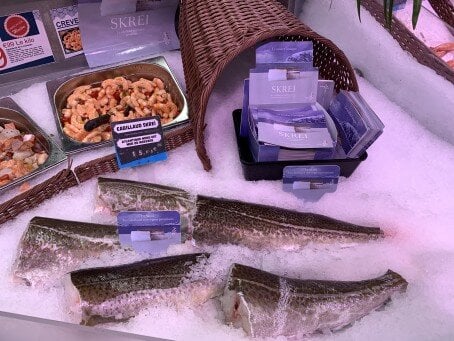The labeling requirements for export to China require that the information on the label be in both Norwegian or English in addition to Chinese. Importers in China now experience that this applies to all text on the labels.
The Seafood Council has noticed that the follow-up on label requirements has been tightened recently. This particularly applies to the requirement for bilingual labels and specifically which information must be bilingual on the labels. Based on feedback from the market, company names and addresses have often only been provided in the original language previously. The requirement for the Chinese language is now perceived to be enforced for these two fields as well. Importers may experience that all text must be bilingual.
According to the Seafood Council's information, the requirement is a full compliance with Decree 249 Article 30, which states that names and addresses must also be bilingual. We have previously written about the regulations introduced in 2022 here. Furthermore, more information about the special requirements for China can be found on the Norwegian Food Safety Authority's pages. The labeling requirements for China are listed below.
Labeling requirements:
- The label must comply with Chinese laws, regulations, and national food safety standards.
- The information on the label must be in Chinese and English or Chinese and Norwegian. This also applies to company names and addresses.
- The label must be easy to read, robust, and clear.
- If the product requires instructions for use, they must be in Chinese.
- Name, approval/registration number from the Food Safety Authority or Chinese registration number, and address (specify city/county) for businesses involved in production.
- For seafood, this applies to reefer vessels, freezer and factory vessels, producers (including slaughter and bleeding boats), and cold storage facilities.
Destination market: People's Republic of China.






